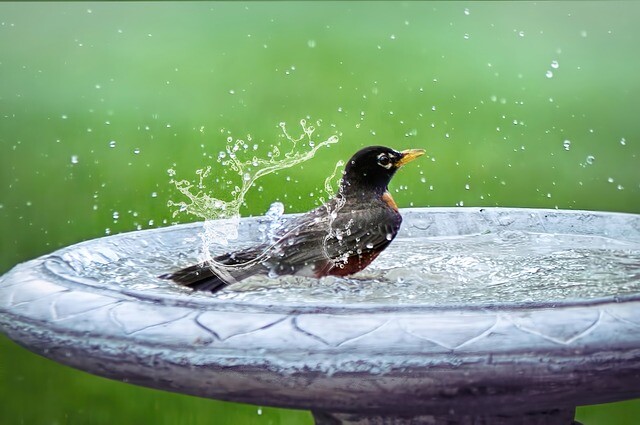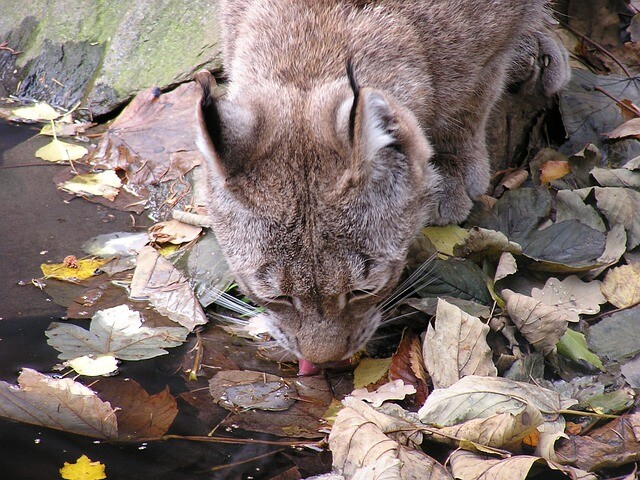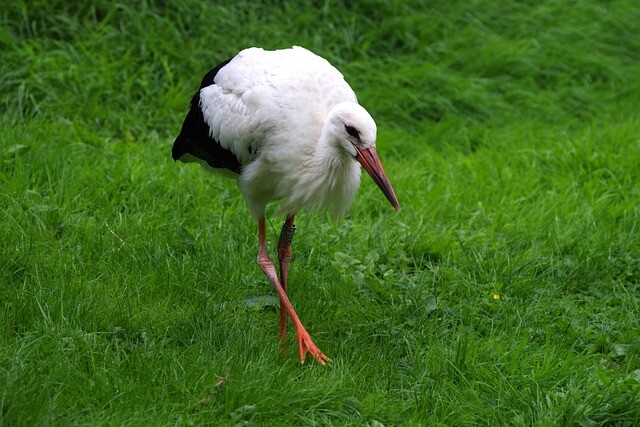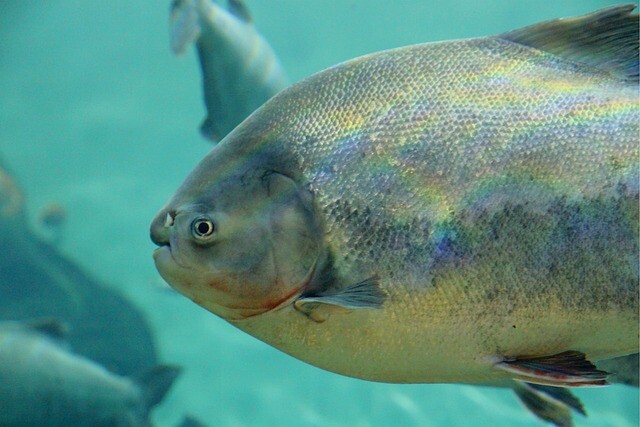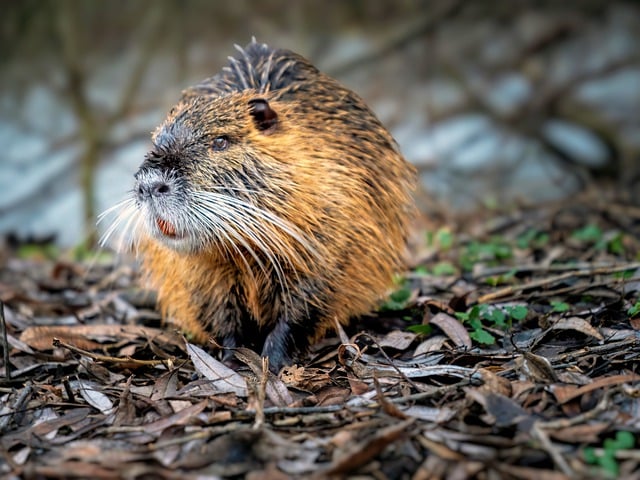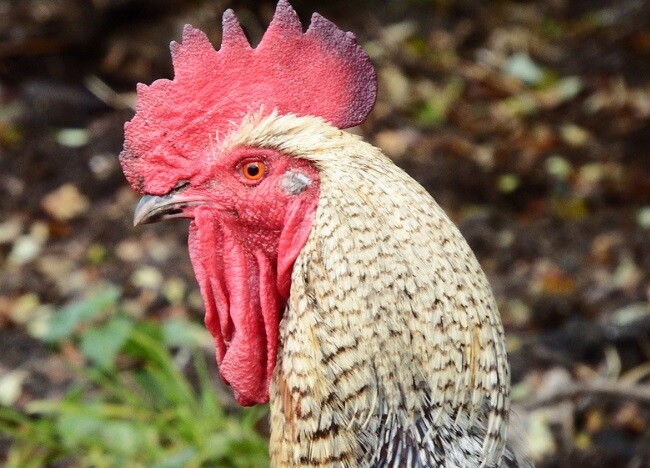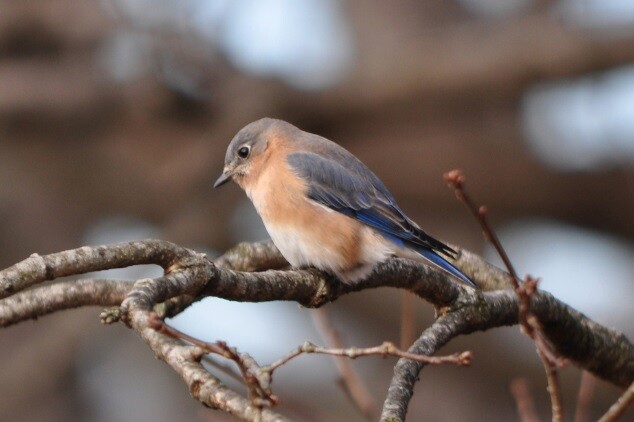An important aquarium accessory is the socket, how should it be?
The aquarium is a living community in which every living entity counts and it is important to provide a natural environment. The socket is therefore an important element of the aquarium.
In just a few cases, the substrate is usually left out of the aquarium and this is only a temporary condition, as the substrate plays an important role. Not only does it make the aquatic habitat more beautiful, it also serves as a medium for plants, and they can root their roots, that is to say, they help in the grip. It is somewhat involved in the breakdown, providing habitat for useful bacteria.
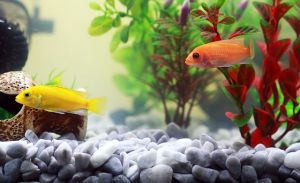
When we think about the bottom of the aquarium, the most important aspect is measuring it for the needs of the fish. Some fish that love the substrate are looking for food for themselves in the substrate, so too large pebbles are not good, because they can't be rotated, but pebbles with too sharp edges are not suitable because they can cause injuries.
An over-tiny, almost sandy bottom can be harmful to plants, because it can be so sandy that it can choke the plant. It can also clog the filter device, preventing the aquarium from functioning properly.
A substrate of approximately 2 mm in size is probably the most suitable, since the weight is so large that it remains below the bottom of the water, it is not compacted.
You can also choose from the colors of the socket. At this time, the fish's needs should be considered as a priority, as some species do not feel good in the color of too dark or too light substrates, and this also affects the color of the fish. The point is that the substrate highlights the colors and beauty of the fish.
The thickness of the aquarium bottom should be adapted to the needs of the plant, as some species prefer the thicker layer, while for others, the thinner layer is enough to hold on.
For more details, please visit our Facebook page!
Pixabay.com (Images are illustrations)

